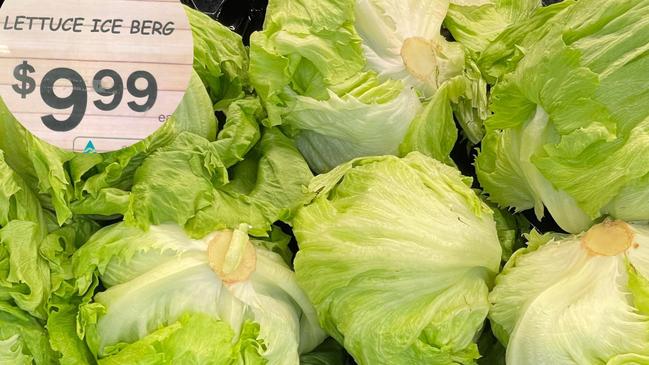Plan needed to keep shelves full
The vulnerabilities of Australia’s supply chains have prompted calls for a national strategy to tackle food security.

Geopolitical tension, labour shortages, climate change and the ongoing impact of the pandemic that laid bare the vulnerabilities of Australia’s supply chains have prompted calls for a national strategy to tackle food security.
The issue was thrust into the national spotlight during the pandemic and earlier this year when the Omicron wave and flooding cut supply of groceries to Australia supermarkets and sent the cost of food soaring.
The National Food Supply Chain Alliance, which includes nine national food, farming, freight, retail and hospitality organisations representing 160,000 businesses, met with government and opposition MPs on Tuesday to lobby for a nationally co-ordinated supply chain risk mitigation strategy.
Richard Forbes, chief executive of Independent Food Distributors Australia, which is a member of the NFSCA, said food prices would continue to rise over the next two years because of the lack of a national food supply plan.
“Without an inaugural national food security plan, which is much needed because of ongoing natural disasters and other disruptors, it will be very difficult to stabilise food prices,” Mr Forbes told The Australian.
“Because there are so many long-term disruptors, chiefly ongoing natural disasters, ongoing chronic labour shortages around the country, food prices are more than likely to rise at least for the next year, possibly for longer.
“Whenever there is disruptions to the supply chain, you get an increase in food prices.”
It comes after the federal parliamentary agriculture committee last month launched an inquiry into food security in Australia to analyse the impact of population growth, war, weather and climate on accessibility to food.
Mr Forbes said a food supply chain strategy could be used as a blueprint to guide government spending on disaster mitigation and transport infrastructure. “A national food security plan will mean that governments and industry will have oversight of all the major disruptors facing Australia‘s food supply chain,” Mr Forbes said.
“That’s going to play a major role in preparing food supply chain resilience.
“Without a plan you can’t prepare for the ‘what if’.”
Australia developed a national freight and supply chain strategy in 2019, and it is due for a review in 2024, but there is no dedicated strategy dealing with food.
“We haven’t got a national food map at the moment,” Mr Forbes said.
“We don’t know what food is grown where and when it’s harvested so that if there was a natural disaster, we know how that might affect the community.”
The issue was highlighted last week when rail routes from the east coast to the west were cut entirely when one train line was put out of action by a derailment and another by flooding.




To join the conversation, please log in. Don't have an account? Register
Join the conversation, you are commenting as Logout